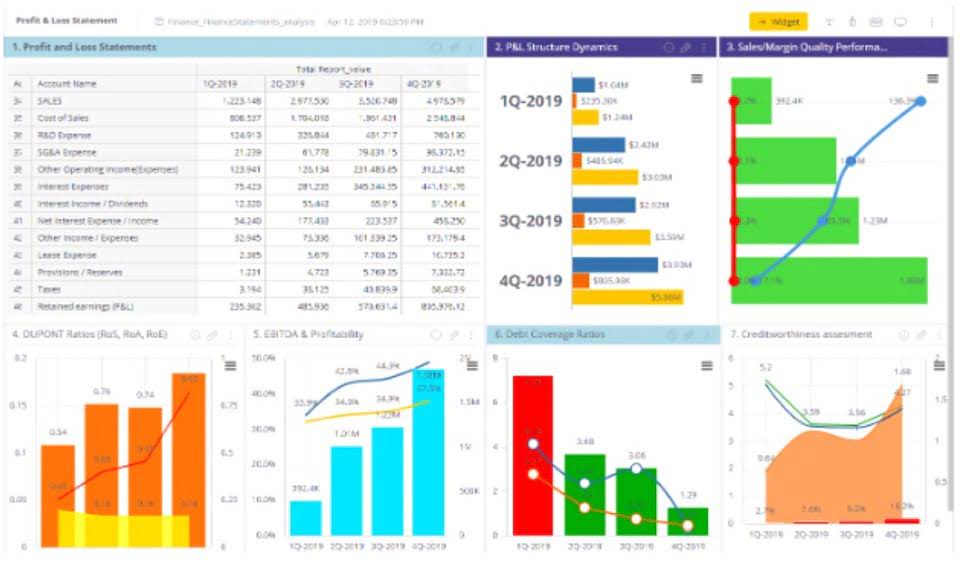- Tháng Mười Hai 23, 2020
- Posted by: admin
- Category: Bookkeeping
Over 1.8 million professionals use CFI to learn accounting, financial analysis, modeling and more. Start with a free account to explore 20+ always-free courses and hundreds of finance templates and cheat sheets. The customer who filed for bankruptcy on August 3 manages to pay the company back the amount owed on September 10. The company would then reinstate the account that was initially written off on August 3. Note that if a company believes it may recover a portion of a balance, it can write off a portion of the account.
For example, a start-up customer may be considered a high risk, while an established, long-tenured customer may be a low risk. Then, it aggregates all receivables in each grouping, calculates each group by the percentage, and records an allowance equal to the aggregate of all products. If it does not issue credit sales, requires collateral, or only uses the highest credit customers, the company may not need to estimate uncollectability. In the example above, we estimated an arbitrary number for the allowance for doubtful accounts. There are two primary methods for estimating the amount of accounts receivable that are not expected to be converted into cash. Later, a customer who purchased goods totaling $10,000 on June 25 informed the company on August 3 that it already filed for bankruptcy and would not be able to pay the amount owed.
Why Do Accountants Use Allowance for Doubtful Accounts?
Therefore, the allowance is created mainly so the expense can be recorded in the same period revenue is earned. The first step in accounting for the allowance for doubtful accounts is to establish the allowance. This is done by using one of the estimation methods above to predict what proportion of accounts receivable will go uncollected. For this example, let’s say a company predicts it will incur $500,000 of uncollected accounts receivable. Some companies may classify different types of debt or different types of vendors using risk classifications.
Mark to Market (MTM): What It Means in Accounting, Finance, and Investing – Investopedia
Mark to Market (MTM): What It Means in Accounting, Finance, and Investing.
Posted: Fri, 17 Nov 2023 08:00:00 GMT [source]
Regardless of company policies and procedures for credit collections, the risk of the failure to receive payment is always present in a transaction utilizing credit. Thus, a company is required to realize this risk through the establishment of the allowance for doubtful accounts and offsetting bad debt expense. allowance for doubtful accounts balance sheet In accordance with the matching principle of accounting, this ensures that expenses related to the sale are recorded in the same accounting period as the revenue is earned. The allowance for doubtful accounts also helps companies more accurately estimate the actual value of their account receivables.
How Do You Record the Allowance for Doubtful Accounts?
The company now has a better idea of which account receivables will be collected and which will be lost. For example, say the company now thinks that a total of $600,000 of receivables will be lost. The company must record an additional expense for this amount to also increase the allowance’s credit balance. Assume a company has 100 clients and believes there are 11 accounts that may go uncollected. Instead of applying percentages or weights, it may simply aggregate the account balance for all 11 customers and use that figure as the allowance amount. Companies often have a specific method of identifying the companies that it wants to include and the companies it wants to exclude.
Then, the company establishes the allowance by crediting an allowance account often called ‘Allowance for Doubtful Accounts’. Though this allowance for doubtful accounts is presented on the balance sheet with other assets, it is a contra asset that reduces the balance of total assets. Yes, allowance accounts that offset gross receivables are reported under the current asset section of the balance sheet. This type of account is a contra asset that reduces the amount of the gross accounts receivable account. Accounts use this method of estimating the allowance to adhere to the matching principle. The matching principle states that revenue and expenses must be recorded in the same period in which they occur.




